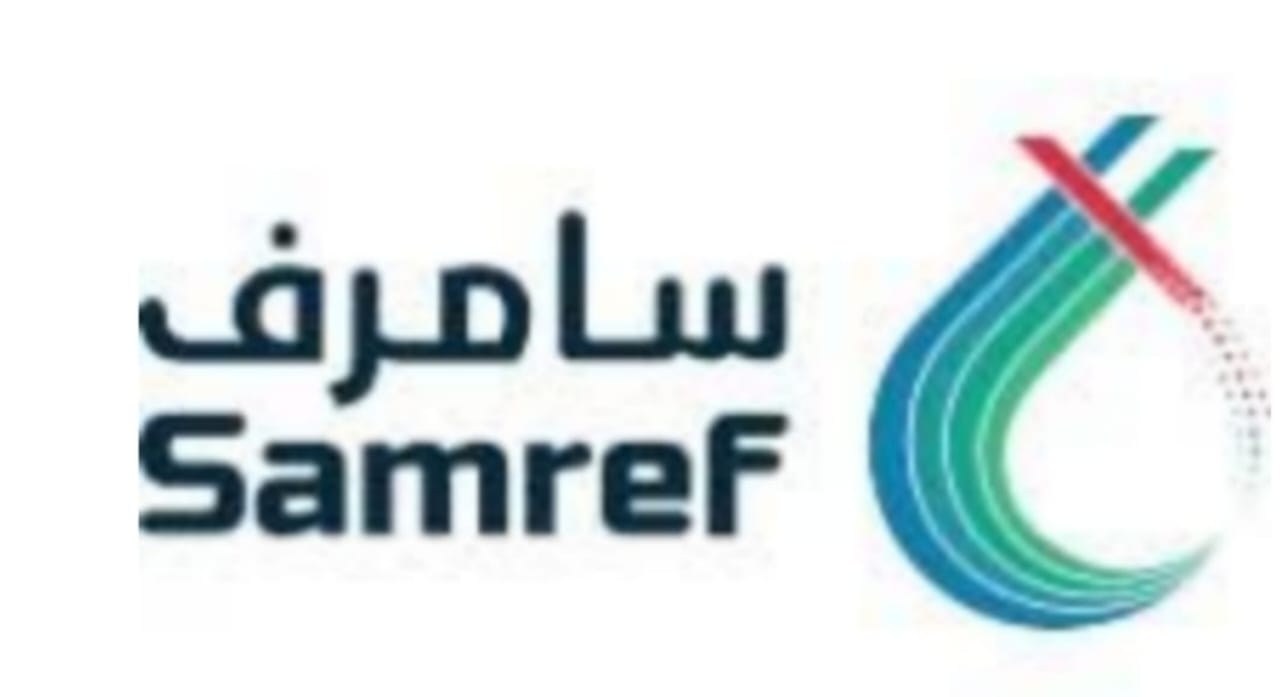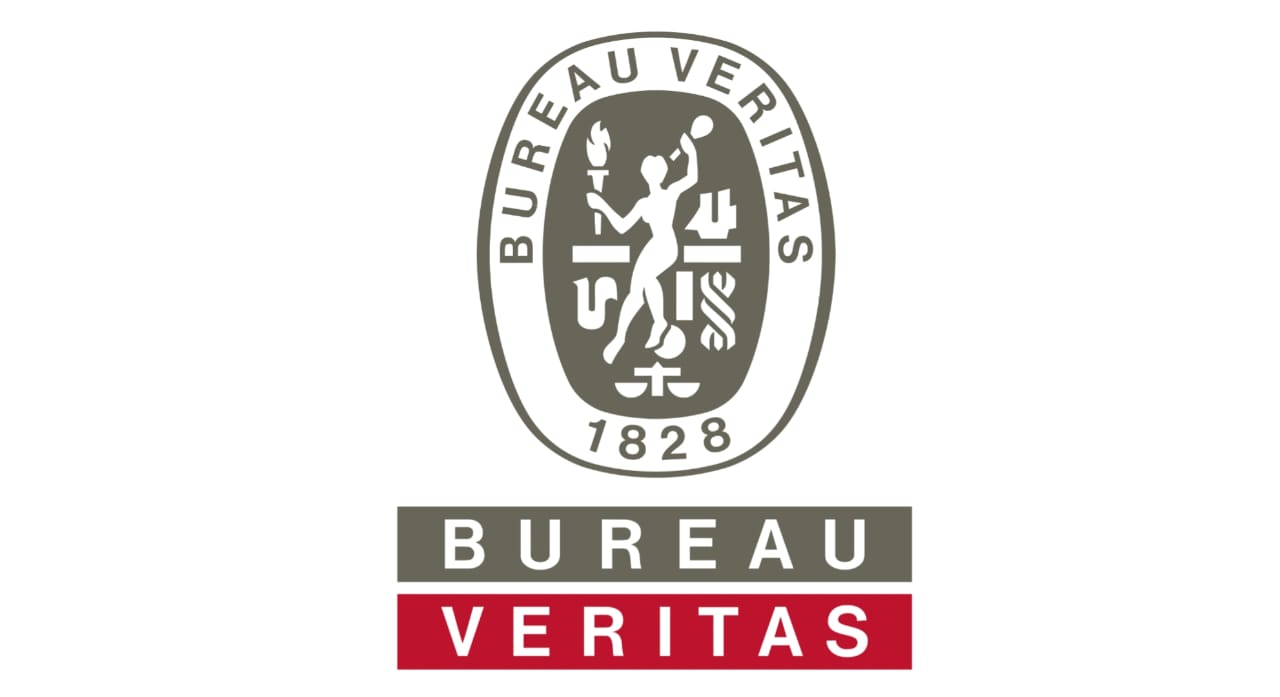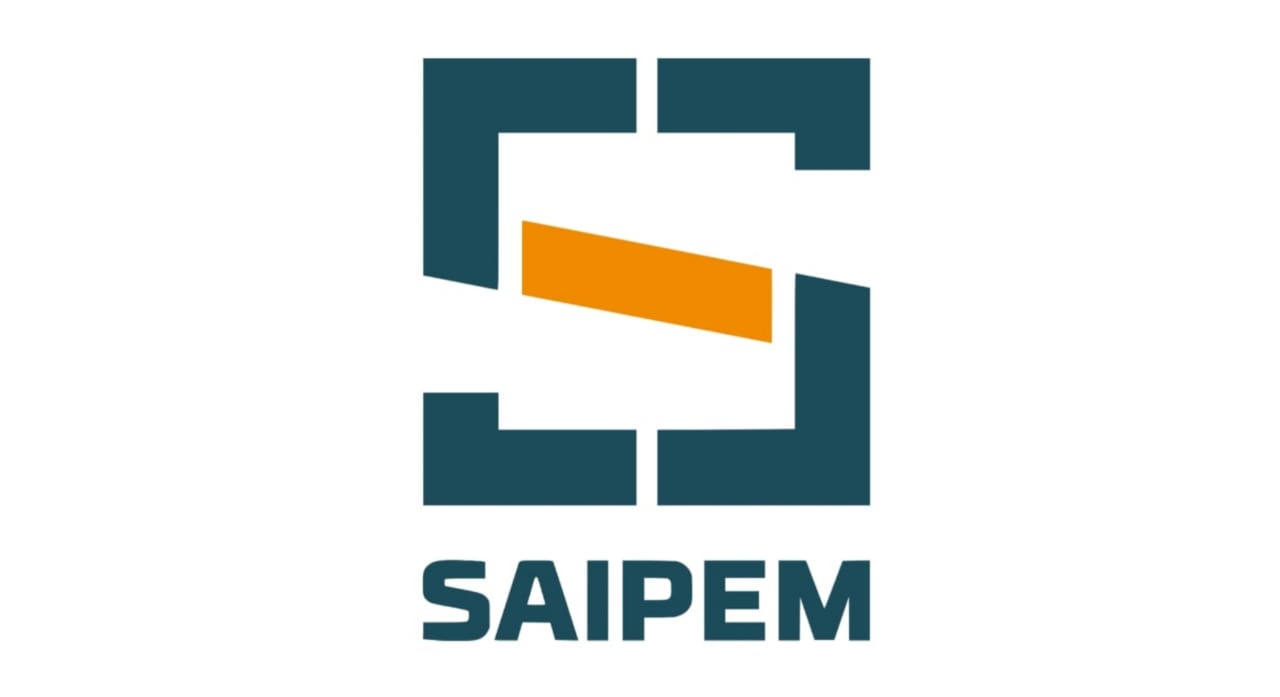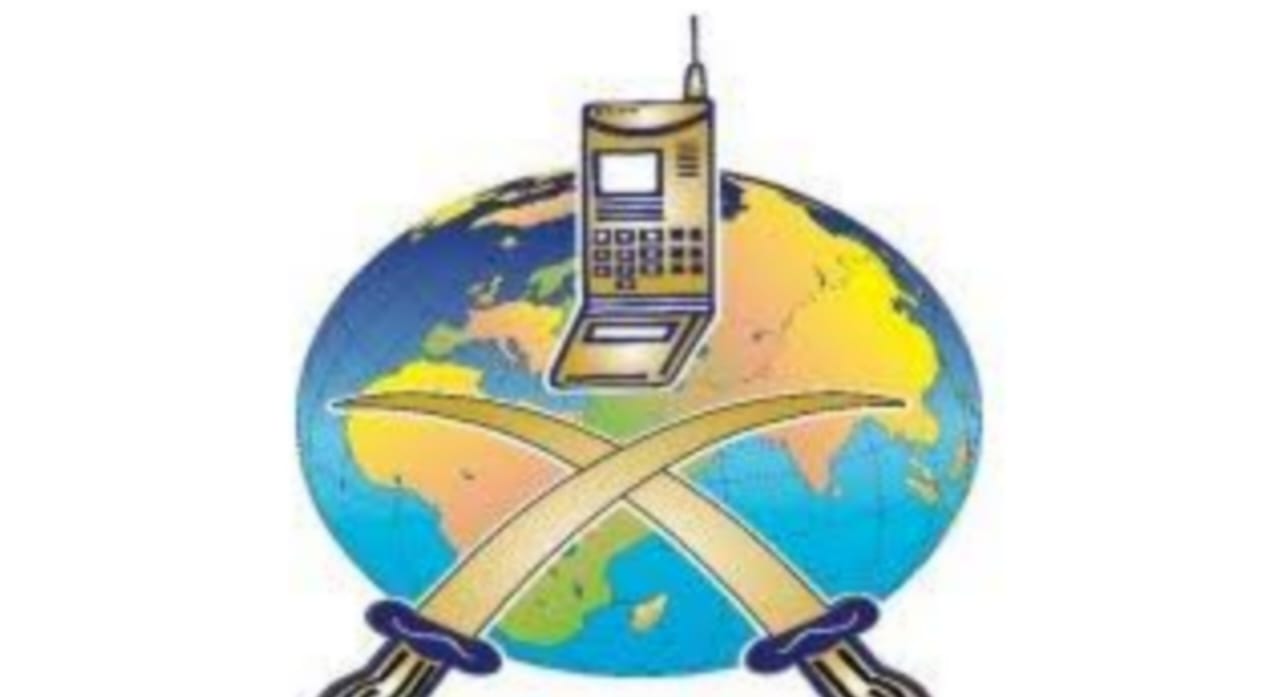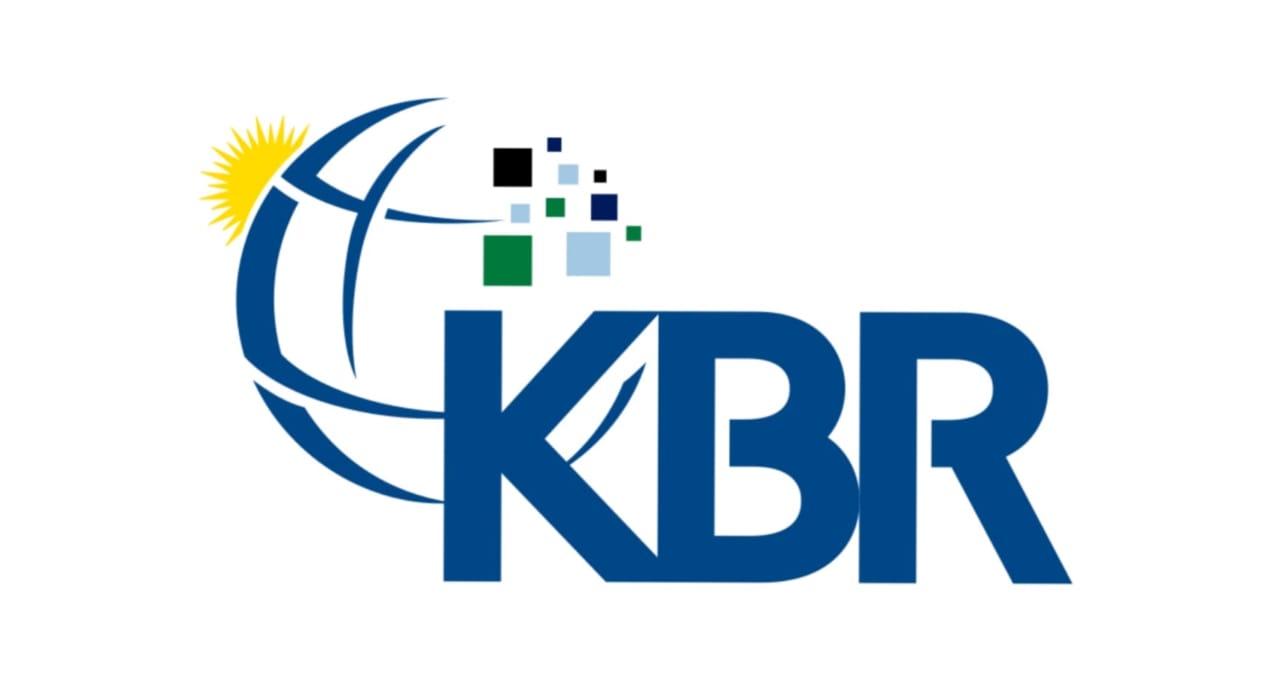CCTV Surveillance Coverage Study
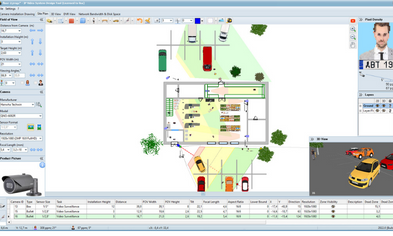
Request A Demo Today
Please do not hesitate to contact us if you have any queries.
CCTV Surveillance Coverage Study
Nowadays, CCTV (Closed Circuit Television) systems are used widely for ensuring safety, monitoring traffic, and preventing crime in many public and private spaces. However, the effectiveness of CCTV coverage is often achieved through design experience and trial-and-error, instead of being evaluated and visualized using a robust approach.
CCTV Coverage study indicates how effectively a target area is being monitored by a CCTV surveillance system. As quantitative measures of surveillance performance, we propose the following two indicators: surveillance resolution, and surveillance coverage index. Surveillance resolution indicates how closely a specific object can be monitored termed as Identification with a CCTV system, depending on the location, mounting heights , and orientation of the object as well as the cameras of the CCTV system , for instance, the personal entering. Surveillance coverage index focuses on a specific region rather than an object, indicating how completely a region of interest can be monitored termed as Detection with more than a specified surveillance resolution. The region can also be the Main entrance of the Plant, Tank farm, flares Well Pads , and Process areas.
Coverage shall be able to zoom in to view object level day or night and shall avoid sun effect and fixed obstruction structures including outdoor equipment shades. The coverage shall take into account the zero-manning philosophy of the project and ensure 100% coverage of the CDS and off-plot wells.
Reports shall have the direction of coverage, the radius of the coverage, and field of view calculation (FOV) as a minimum. The report will provide recommendations to avoid Blind Spot Areas.
Design Criteria For Selection Of Camera Location And Lens Size
1.1 Camera Zone and Color Scheme (DORI)
A camera cannot see with equal clarity at all distances which means that the level of perception varies with distance. This makes the quality of surveillance different at different distances and depending on the exact application or situation; different zones are identified for the purpose as discussed below.
One of the most important characteristics, affecting the efficiency of a video surveillance system, is the ability to distinguish objects at different distances. The Coverage study software allows seeing which parts of the camera field of view have the required resolution to identify, recognize, detect, and monitor different video surveillance objects.
By default, the program shows camera zones according to European Union standard EN 50132-7 from 2013. There are several types of zones will be shown in the CCTV coverage study document as listed below:
- Identification zone (red). In this area, you can positively identify a person beyond a reasonable doubt. Pixel density = 250 pixels per meter.
- Recognition zone (yellow). In this area, you can recognize a person known to you. Pixel density = 125 pixels per meter.
- Observation zone (green). In this area, some details of the individual, such as clothing, can be seen. Pixel density = 62 pixels per meter.
- Detection zone (light-green). This is an area where you will be able to detect the presence of a person. pixel density = 25 pixels per meter.
- Monitoring zone (blue). This zone is used to monitor the traffic flow or the movement of people without the need of identifying specific objects. Pixel density = 12 pixels per meter.
1.2 Camera Installation Height
The camera Installation height shall be considered 6 meters however the final height will be confirmed via a coverage study report for security monitoring. With regards to Process monitoring the camera height shall be based on the existing structure that shall be chosen.
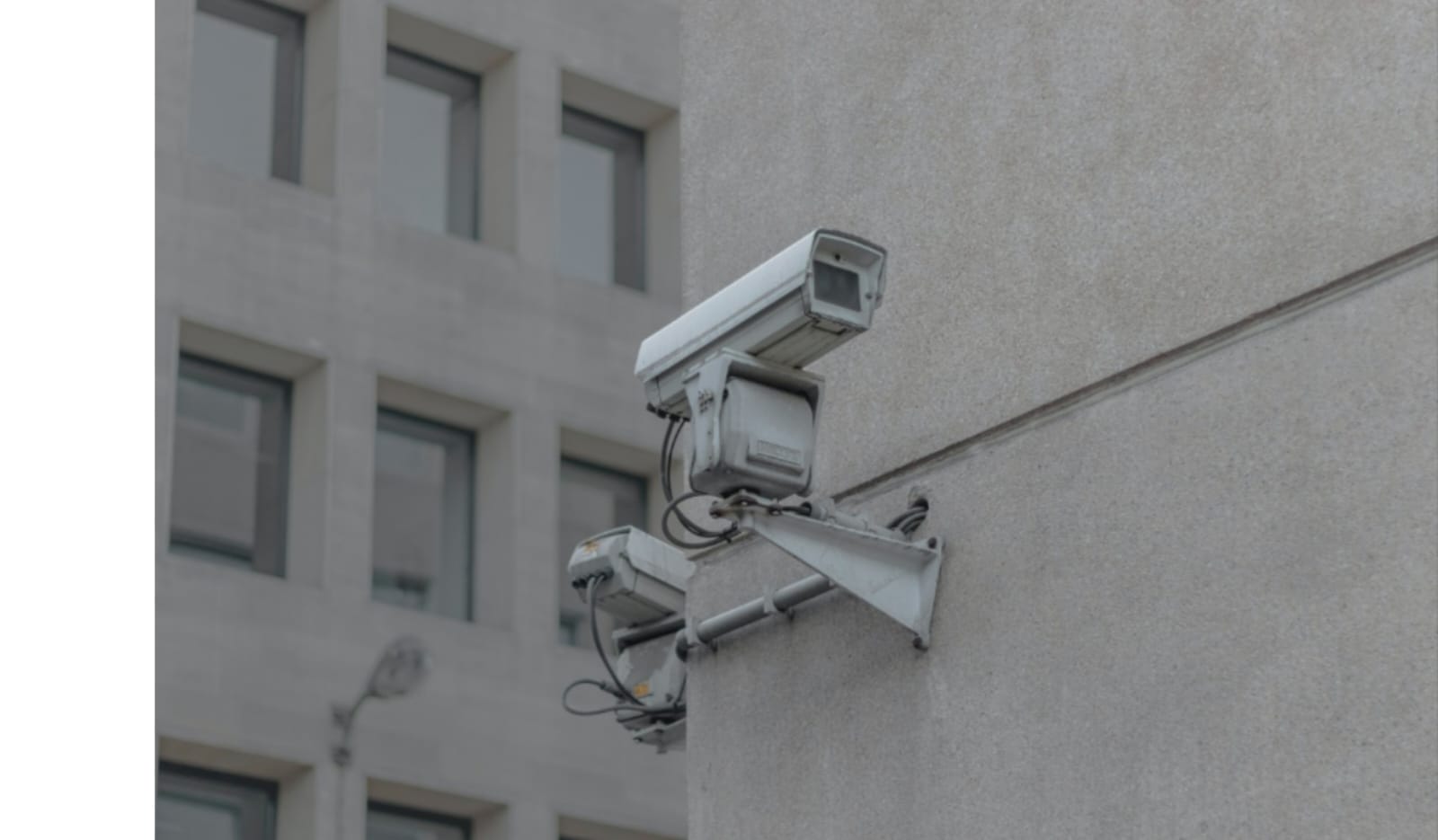
1.3 Resolution
The Resolution shall be chosen as 1920X1080 in the software.
1.4 Lens Angle of View and Field of View.
FOV allows for coverage of an area rather than a single focused point. In virtual reality a large FOV is essential to getting an immersive, life-like experience. Wider FOV also provides better sensor coverage. The following parameter shall be considered for Field of View.
1. Distance: Distance from the camera to the target is the maximum distance between camera and the object of interest.
2. Field of view Height: Height of a target which to is seen at a specified distance.
3. Field of width: Maximum width of visible area at the specified distance from the camera.
4. Viewing Angles:
(a) Horizontal angle - camera's angle of view in width. The camera's focal length and field of view are hanged by setting this parameter.
(b) Vertical angle - this is calculated automatically and cannot be changed.
1.5 Fixed Camera
As per EN 62676-4; 2015(horizontal), px/m standards; the camera color zone for Identification is identified when monitoring the target – Fixed Camera for Coverage Study used respectively:
1.6 PTZ Camera
PTZ surveillance cameras will be installed to cover different areas require for monitoring, and zooming on ongoing processes, operations or rescues. PTZ camera is having a variable lens with a focal length from 4.1mm (wide) – 120mm (tele) which can be zoomed in or zoomed out to identify the target using a joystick/mouse. As per EN 62676-4; 2015 (horizontal), px/m standards; the camera color zone for Recognition is identified when monitoring the target – PTZ Camera for Coverage Study used respectively:
1.7 Flare Monitoring Camera
Flare monitoring cameras will be installed to cover flare areas require for monitoring, and dedicated to monitoring the flare operation. Flare Monitoring cameras are with a focal length of 50mm however the focal may vary based on the coverage report. As per EN 62676-4; 2015(horizontal), px/m standards; the camera color zone for Identification is identified when monitoring the target.
1.8 Focal Length
As a minimum standard, many of the manufacturers will provide a focal length as 4.1-120 mm for PTZ cameras and very-focal lens 3-9mm, for fixed cameras nevertheless the lens size will be varied based on the coverage report. The focal length for Flare cameras will be considered 50mm.
1.9 Network Bandwidth and storage calculation
The following parameters are considered for the Network Bandwidth and Storage calculation.

(a) No of Cameras
(b) Resolution
(c) FPS (PAL 25/NTSC 30)
(d) Bitrates (Based on the resolution)
(e) Duration of recording
(f) No of Days
(g) The bandwidth requirement for 1 no. of CCTV camera for control and monitoring is considered to be 2 Mbps (2 Streams)
Aarmtech offers CCTV surveillance coverage study services to check the efficiency of indoor & outdoor CCTV cameras.


